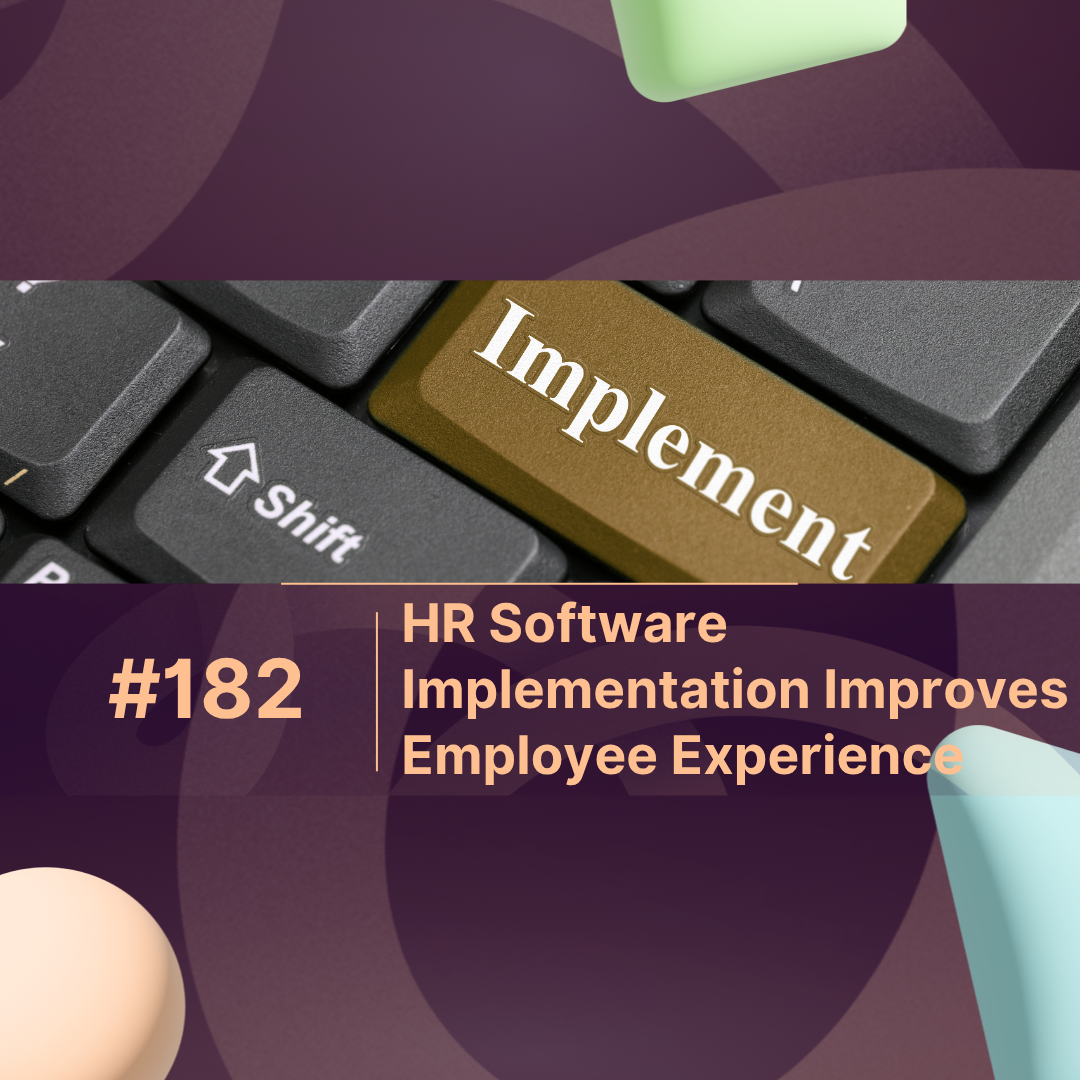Overview
In today’s hybrid workplaces, HR software implementation is more than a tech upgrade it’s a strategy to enhance employee experience, boost engagement, and reduce administrative friction. From onboarding to performance reviews, a well-deployed HR system transforms daily operations into a seamless, employee-first journey.
What Is HR Software Implementation?
HR software implementation refers to the process of integrating a human resource management system (HRMS) or human capital management (HCM) platform into an organization’s workflow. It includes setup, data migration, training, and ongoing optimization. Tools like MaxHR, for example, combine automation and analytics to simplify every HR function from attendance to appraisal tracking helping teams focus on people, not paperwork.
How HR Software Implementation Enhances Employee Experience
| HR Function | Before Implementation | After Implementation | Impact |
|---|---|---|---|
| Onboarding | Manual paperwork | Automated digital onboarding | 60% faster onboarding process |
| Payroll | Error-prone calculations | Automated payroll with compliance tracking | 45% fewer payroll errors |
| Communication | Scattered tools | Unified HR portal & mobile access | 30% higher employee engagement |
| Performance Reviews | Irregular, subjective | Continuous feedback with analytics | 25% improvement in goal alignment |
| Training & Development | Static learning paths | Personalized learning dashboards | 40% rise in skill development participation |
1. Streamlined Onboarding
First impressions matter. With HR software implementation, new hires complete onboarding digitally signing documents, setting up benefits, and accessing company policies in minutes. Automated workflows ensure HR teams can focus on culture and connection, not forms.
MaxHR reports clients reducing onboarding time by up to 50% after implementation.
2. Improved Communication and Engagement
Integrated communication tools within HR software allow employees to request leave, check payroll, or give feedback directly. Transparency boosts trust—one of the most critical elements of employee satisfaction. Pulse surveys and AI-driven sentiment analytics help HR leaders proactively address morale issues.
3. Smarter Performance Management
Modern HR platforms track performance continuously, replacing outdated annual reviews with real-time feedback. This data-driven approach encourages consistent recognition and development conversations. Managers can identify top performers early and personalize growth opportunities.
4. Data-Driven Decision Making
With analytics dashboards, HR leaders gain insights into turnover, engagement, and training ROI. Predictive analytics even forecast retention risks, allowing early interventions.
Example: A 2024 Deloitte survey found that 74% of organizations using HR analytics reported higher employee satisfaction scores.
5. Enhanced Compliance and Security
Automating record-keeping reduces human error and ensures adherence to labor laws and data-privacy regulations. Secure cloud-based HR systems provide audit trails and encryption critical in today’s remote-work era.
6. Scalable Growth and Efficiency
As organizations expand, HR software scales with them. Automation reduces repetitive tasks like attendance tracking or policy updates, freeing HR professionals for strategic initiatives like leadership development and DEI programs.
Platforms such as MaxHR are built with modular features, enabling businesses to activate new functions (like performance analytics or LMS modules) as they grow without a complete overhaul.
Why Employee Experience Matters to Business Outcomes
Employee experience directly correlates with retention and productivity. According to a Gallup 2024 study, companies with highly engaged employees show:
-
21% higher profitability
-
41% lower absenteeism
-
59% less turnover
When HR processes are efficient, employees feel valued and supported—leading to a stronger employer brand and better customer satisfaction downstream.
Key Steps for a Successful HR Software Implementation
-
Define Goals: Identify pain points—manual payroll, low engagement, etc.—before selecting a system.
-
Involve Stakeholders: HR, IT, and department heads must collaborate during vendor selection.
-
Plan Data Migration: Clean and verify existing HR data to prevent errors.
-
Train Users: Run interactive sessions so employees and managers adopt the system confidently.
-
Monitor and Optimize: Use reports to refine workflows and improve usability post-launch.
Pro Tip: Conduct a post-implementation survey within 60 days to measure adoption and satisfaction.
Conclusion
Implementing HR software isn’t just about automation it’s about elevating the employee experience. From onboarding to career growth, it creates a transparent, empowering environment that attracts and retains top talent. When done right, HR software implementation becomes the foundation of a people-first organization.
If you’re exploring next-gen HR tools, platforms like MaxHR offer flexible, user-friendly solutions that grow with your business needs helping you transform your workforce experience from the inside out.
FAQs: HR Software Implementation
1. What are the main challenges in HR software implementation?
Key hurdles include data migration errors, lack of user adoption, and inadequate training. Early stakeholder involvement minimizes these risks.
2. How long does HR software implementation take?
On average, mid-size companies complete implementation in 6–12 weeks, depending on customization and data volume.
3. What ROI can companies expect after HR software implementation?
Most organizations report a 30–50% time saving on administrative tasks and measurable gains in engagement within six months.
4. Does HR software work for remote teams?
Yes. Cloud-based HR systems like MaxHR are optimized for distributed workforces, enabling secure access anytime, anywhere.
5. How does HR software impact company culture?
By promoting transparency, consistent feedback, and recognition, HR platforms strengthen trust and belonging—core pillars of a positive culture.



